5) American Institute of Architects, Architectural Graphic Standards, Tenth Edition, John Wiley & Sons, New York. 2000.
Great resource for miscellaneous reference and understanding materials, assemblies, and building systems.
This is definitely more encompassing than the AGS for Residential Construction.
Organized according to the CS specifications divisions.
It's got lumber span charts, koenisburger, steel book.
If your architect tells you there is not enough room for a billiards table, you've got to trust her/him. She/he probably looked up the AGS for the space requirements for a billiards table. Basically, architects know everything because they have access to books like the AGS and TSS (Time Saver's Standards) that painstakingly document everything related to the built environment and humans. And I mean everything. Seen that T-Shirt that says "Trust me - I am an Architect"? Well!
Information on how to design and detail saunas, steam rooms, wine cellars, home theatre, game rooms, boat docks, pools, ponds, fountains, playgrounds, retaining walls, bulkheads, solar paths for various latitudes, shading devices, passive solar, concrete, masonry, and wood foundations systems, insulated concrete forms, basements and crawl spaces, masonry and manufactured fireplaces, brick/stone veneer, framing (steel, lumber, timber, log construction), bolts and nails, rough carpentry, finish carpentry, cabinetry, doors and windows, steel structural elements, electrical and plumbing, lightning protection, lighting, drains and valves, HVAC systems, radiant heating, hydronic heating, solar collectors, waterproofing, insulation, all types of roofing (wood shakes, asphalt shingles, concrete/clay/slate tile, metal, built-up, membrane, torch-down), flashing, exterior and interior finishes (plaster, tile, flooring), graphic symbols, weights and conversions.
Okay. I have to cheat. There are actually 6 fantastic books, but "fantastic six" just doesn't have the same ring to it and this next one is pretty verbose, but in a good way.
2) Allen, Edward and Patrick Rand, Architectural Detailing - Function, Constructibility, Aesthetics, Second Edition, John Wiley & Sons, New York. 2006
Just take a look at the title of contents and you will be more educated about what your details should account for. It teaches you "how to design details that will be water and airtight, control the flows of heat and water vapor, adjust to all kinds of movement, age gracefully, be easy to construct, and still look good."
